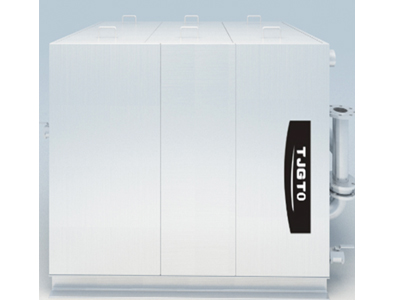Get Support
123-456-789-10
The Importance of Installing a Grease Trap for Your Business
A grease trap might not be the most glamorous component of a commercial kitchen, but it is one of the most important. Businesses in the foodservice industry, including restaurants, cafeterias, and catering companies, are legally and environmentally responsible for managing fats, oils, and grease (FOG) produced during food preparation. Installing a grease trap is a crucial step in meeting this responsibility. Here’s why grease traps are essential for your business.
1. Compliance with Regulations
Most municipalities and health departments mandate grease traps for food service establishments to prevent grease and waste from clogging public sewer systems. Non-compliance with these regulations can result in:
Hefty fines.
Temporary or permanent closure of your business.
Legal actions for environmental damage.
Installing a grease trap ensures you meet local codes and avoid costly penalties, keeping your business legally compliant.
2. Protects Plumbing Systems
Without a grease trap, fats, oils, and grease from food waste can accumulate in your plumbing system, leading to blockages. These blockages can cause:
Backed-up sinks and drains.
Foul odors throughout your establishment.
Costly plumbing repairs.
A grease trap separates FOG from wastewater, preventing it from entering your pipes and ensuring smooth operations in your kitchen.

Automatic Grease Trap Equipment
3. Reduces Environmental Impact
FOG is one of the leading causes of water pollution. When these substances enter the public sewer system untreated, they can:
Form blockages in sewer lines, leading to overflows of untreated wastewater into the environment.
Contaminate local waterways, harming aquatic life and ecosystems.
A grease trap ensures that grease and oil are collected and disposed of properly, contributing to environmental sustainability and your business’s eco-friendly reputation.
4. Saves Money in the Long Run
While installing a grease trap comes with an initial cost, it can save your business money over time by:
Reducing the need for frequent plumbing maintenance and emergency repairs.
Avoiding fines for non-compliance with local wastewater regulations.
Preventing downtime caused by plumbing issues, which can disrupt operations and lead to lost revenue.
Investing in a grease trap is a smart financial decision that pays off in the long run.
5. Promotes a Healthier Workplace
Grease buildup in drains can lead to unpleasant odors and unsanitary conditions in your kitchen, which can impact employee morale and productivity. A well-maintained grease trap:
Keeps your kitchen cleaner and free from foul smells.
Reduces the risk of health code violations.
Creates a safer working environment by minimizing slip hazards from grease spills.
A clean and efficient kitchen is essential for both your staff’s well-being and the satisfaction of your customers.
6. Enhances Operational Efficiency
Clogged drains and plumbing issues can disrupt your kitchen’s workflow, causing delays in food preparation and service. A grease trap ensures that wastewater flows smoothly, preventing interruptions and helping your kitchen run efficiently.
7. Supports Sustainable Business Practices
Modern consumers increasingly value businesses that prioritize sustainability. By installing and maintaining a grease trap:
You demonstrate a commitment to responsible waste management.
You reduce your business’s environmental footprint.
You align your operations with eco-friendly values, which can appeal to environmentally conscious customers.
Choosing the Right Grease Trap
When selecting a grease trap for your business, consider the following factors:
Size and Capacity: Ensure the grease trap can handle the volume of wastewater produced by your kitchen.
Type: Choose between passive grease traps, automatic grease removal units (AGRU), or other models based on your needs and budget.
Maintenance Requirements: Opt for a grease trap that is easy to clean and maintain to ensure optimal performance.
Maintaining Your Grease Trap
Regular maintenance is key to the effectiveness of your grease trap. This includes:
Frequent Cleaning: Schedule professional cleaning services to remove accumulated grease and prevent blockages.
Routine Inspections: Check the grease trap for signs of wear, leaks, or inefficiencies.
Proper Disposal: Dispose of grease and waste in compliance with local regulations.
Failing to maintain your grease trap can result in unpleasant odors, reduced efficiency, and potential regulatory violations.
Conclusion
Installing a grease trap is not just a regulatory requirement but a vital step toward ensuring the smooth, efficient, and environmentally responsible operation of your business. By protecting your plumbing, reducing your environmental impact, and saving money on repairs, a grease trap is an investment that benefits your business in multiple ways.
Whether you run a small café or a large-scale restaurant, installing and maintaining a grease trap is a simple yet impactful way to keep your operations running smoothly while upholding your commitment to sustainability and public health.

 By: TianJian
By: TianJian